Soil Fertility
All Soil Fertility Content

Crop Hour
SDSU Extension Crop Hour webinars provide valuable information for South Dakota crop producers to help them improve their profitability and prepare for the upcoming season.
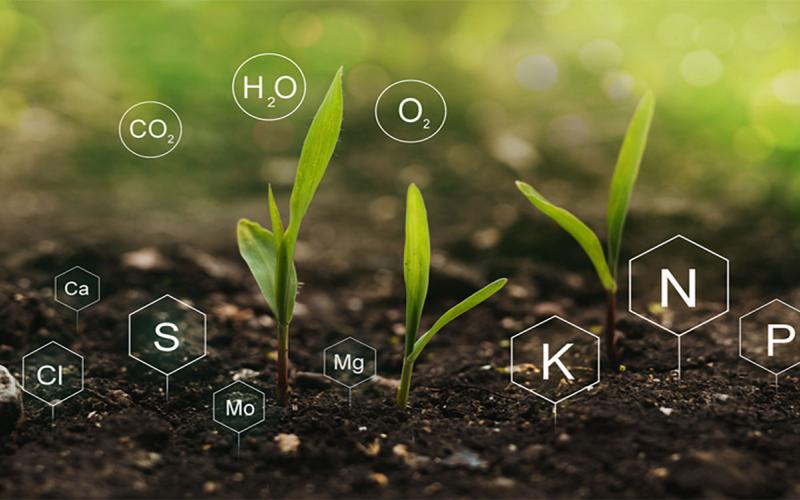
Managing Phosphorus and Other Nutrients in Gardens
Fact sheet on managing phosphorus and other nutrients in gardens.
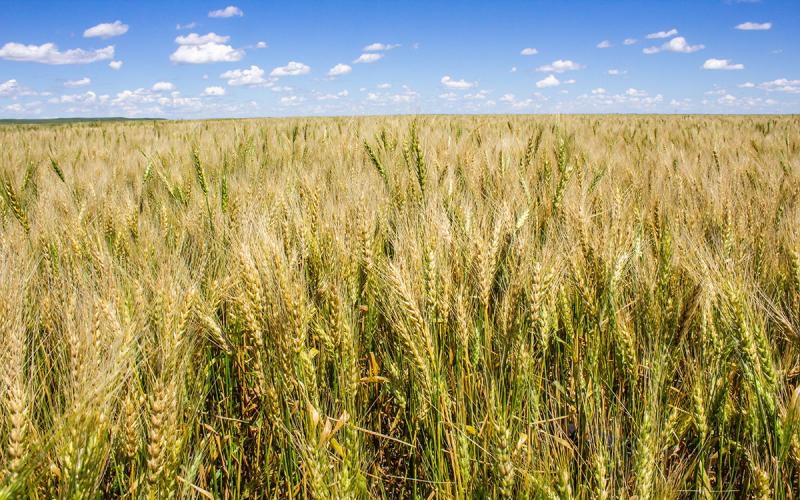
Winter Wheat and Nitrogen: Decisions for 2026 Growing Season
With fertilizer representing one of the largest variable costs in wheat production, inefficient nitrogen use can quickly erode profit margins. This being said, an emphasis should be placed on how to improve nutrient management during the 2026 growing season.
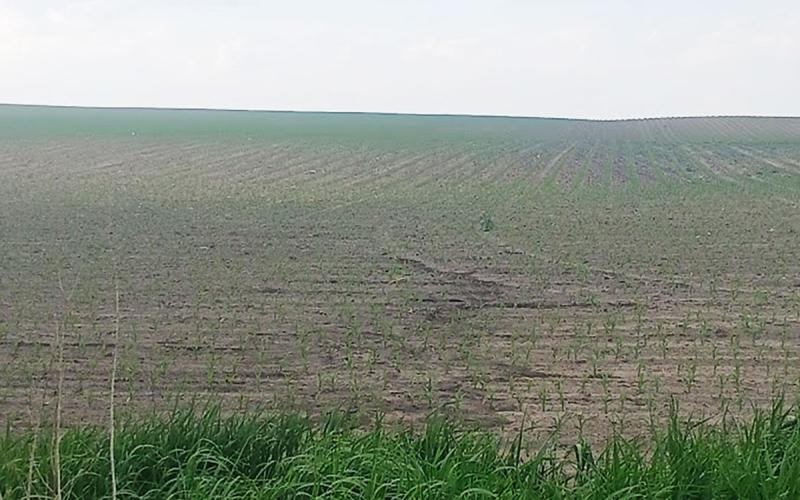
Soil Erosion Mitigation During Heavy Rainfall Events
Adopting soil health practices that minimize disturbance, increase surface cover and organic matter content, and keep roots growing in the soil can help to increase soil infiltration rates and reduce destruction of soil aggregates from heavy rain.
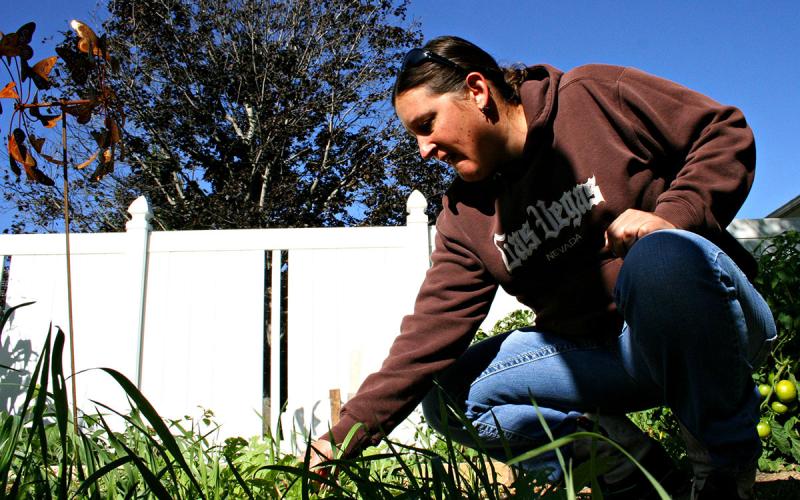
Are Cheap Home Garden Soil Test Kits Accurate?
Inexpensive soil test kits are a method available for gardeners available to estimate soil pH and the level of nitrogen, phosphorous and potassium present in the soil.
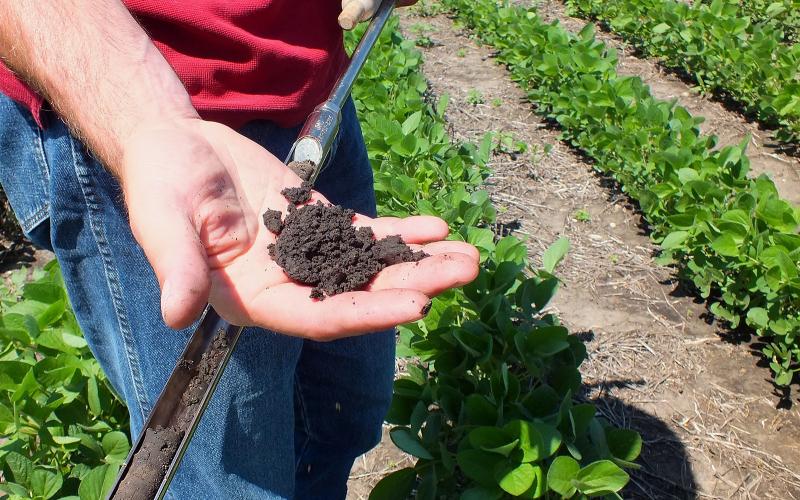
Soil Testing Labs
This page contains a list of nearby state or private laboratories that can be used for crop production fields, gardens and lawns.

Fertilizer Placed With the Seeds in Dry Soil Conditions
Climate patterns can shift from wet to dry very quickly. A current consideration is thinking about seed injury from furrow-placed fertilizers, and there are notable differences among crops for tolerance of seed-placed fertilizers.
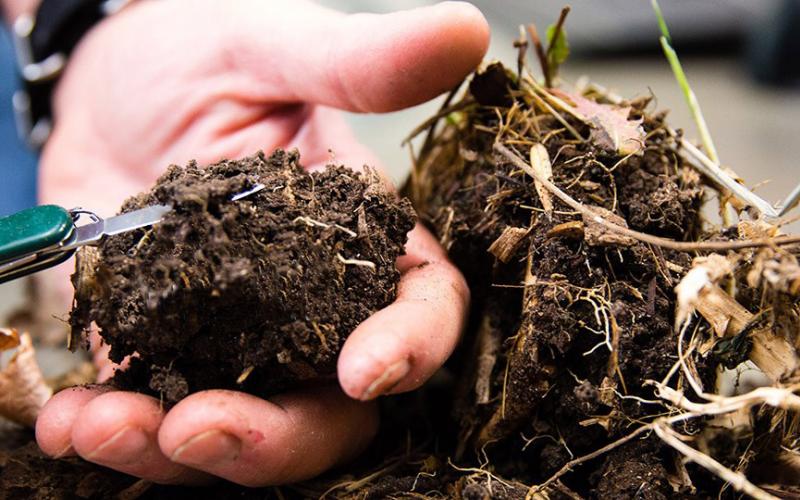
Soil: It’s Not Just Dirt
Most soils are complex ecosystems with worms, insects and microscopic organisms, which all work together in helping plants grow.
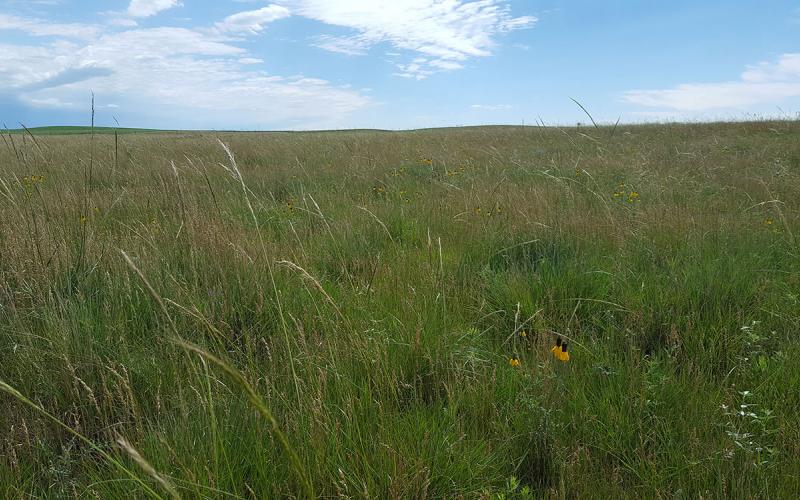
Grassland Fertilization: Ecology
In the first article in this series, we discussed basic terminology and economics. This article focuses on the ecological impacts of fertilization in various grassland plant communities, including native rangelands and prairies.

Grassland Fertilization: Terminology and Economics
This article is the first in a series of six focused on helping producers understand the pros and cons of grassland fertilization. We begin by learning some of the basic terminology and information related to fertilization.